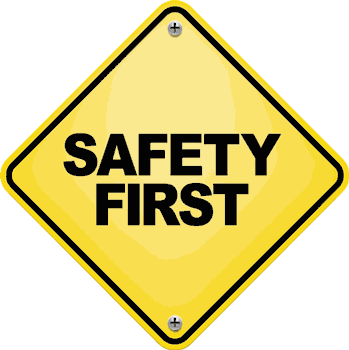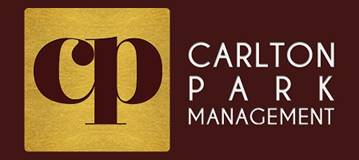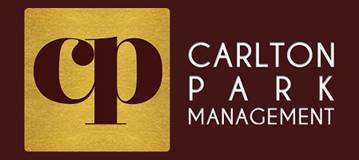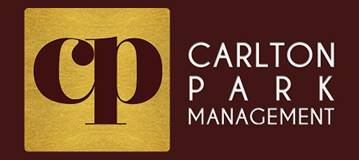Information
-
Owner/Client
-
Conducted on
-
Location/Property
-
Prepared by
Part I - Owner's Section
Part I - Owner's Section
-
Is the building occupied?
-
Has the occupancy classification and hazard or contents remained the same since the last inspection?
-
Are all fire protection systems in service?
-
Has the system remained in service without modification since the last inspection?
-
Was the system free of actuation of devices or alarms since the last inspection?
Part II - Inspector's Section
Inspection
Daily and Weekly Items
-
Control valves supervised with seals in correct (open or closed) position?
-
Backflow preventers:
-
Valves in correct (open or closed) position?
-
Sealed, locked or supervised and accessible?
-
Relief port on RPZ device not discharging?
Monthly Inspection Items (in addition to the above items)
-
Control valves with locks or electrical supervision in correct (open or closed) position?
-
Sprinkler wrench with spare sprinklers?
-
Gauges on wet-pipe system in good condition and showing normal water pressure?
-
Alarm Valves: Gauges show normal supply water pressure, free from physical damage, valves in correct (open or closed) position and no leakage from retarding chamber or drains?
Quarterly Inspection Items (in addition to the above items).
-
Pressure Reducing Valves:
-
In open position and not leaking?
-
Maintaining downstream pressure per design criteria?
-
In good condition with hand wheels not broken?
-
Hydraulic nameplate, if provided, securely attached to riser and legible?
-
Fire Department Connections:
-
Visible and accessible?
-
Couplings and swivels not damaged and rotate smoothly?
-
Plugs or caps in place and undamaged?
-
Gaskets in place and in good condition?
-
Identification sign(s) in place?
-
Check valves not leaking?
-
Automatic drain valve in place and operating properly?
-
(If plugs or caps are not in place, inspect interior for obstructions).
-
Alarm devices free from physical damage?
Annual Inspection Items (in addition to above items):
-
Proper number and type of spare sprinklers?
-
Visible sprinklers:
-
Free of corrosion and physical damage?
-
Free of obstruction to spray patter?
-
Free of foreign materials including paint?
-
Liquid in all glass bulb sprinklers?
-
Visible Pipe:
-
In good condition/ no external corrosion?
-
Free of mechanical damage and not leaking?
-
Properly aligned and no external loads?
-
Visible pipe hangers and seismic braces not damaged or loose?
-
Hose, hose couplings and nozzles on sprinkler system passed inspection
-
Adequate heat in areas with wet piping?
-
Has an internal inspection of the pipe been performed by removing the flushing connection and one sprinkler near the end of a branch line within the last 5 years?
Fifth Year Inspection Items (in addition to the above items):
-
Alarm valves and their associated strainers, filters and restriction orifices passed internal inspection?
-
Check valves internally inspected and all parts operate properly, move freely and are in good condition?
Testing
Quarterly Test:
-
Mechanical waterflow alarm devices passed tests by opening the inspector's test connection or bypass connection with alarms actuating and flow observed?
-
Post indicating valves opened until spring or torsion is felt in the rod, then closed back one-quarter turn?
-
Main drain test for system downstream of backflow or pressure reducing valve:
-
Record static pressure and residual pressure. (PSI)
-
Was flow observed?
-
Are results comparable to previous tests?
Semiannual Test (in addition to previous items):
-
Valve supervisory switches indicate movement?
-
Electrical waterflow alarm devices passed tests by opening the inspector's test connection or bypass connection with alarms actuating and flow observed?
Annual Tests (in addition to previous items):
-
Main drain test:
-
Record Static Pressure and Residual Pressure (PSI)
-
Was flow observed?
-
Are results comparable to previous test?
-
Are all sprinklers in service dated 1920 or later?
-
Fast response sprinklers 20 or more years old replaced or successfully sample tested within the last 10 years?
-
Standard response sprinklers 50 or more years old replaced or successfully sample tested within last 10 years?
-
Standard response sprinklers 75 or more years old replaced or successfully sample tested within the last 5 years?
-
Dry-type sprinklers replaced or successfully sample tested within last 10 years?
-
Specific gravity of antifreeze correct?
-
All control valves operated through full range and returned to normal position?
-
Backflow devices passed backflow test?
-
Backflow devices passed full flow test?
-
Pressure reducing valves passed partial flow test?
Maintenance
Regular Maintenance Items
-
If sprinklers have been replaced. Were they properly replaced?
-
Used hose was cleaned, drained and dried before being placed back in service? hose exposed to hazardous materials was disposed of or decontaminated in an approved manner?
-
Systems normally filled with fresh water were drained and refilled twice if raw water got into the system?
-
If any of the following were discovered, was an obstruction investigation conducted and the system flushed?
-
If conditions were found that required flushing, was flushing of system conducted?
Annual maintenance items:
-
Operating system of all valves lubricated, completely closed, and reopened?
-
Sprinklers and spray nozzles protecting commercial cooking equipment and ventilation systems replaced except for buld-type which show no signs of grease buildup?
Completion
Completion
-
Other Observations
-
Full Name of Owner
-
I state that the information on this form is correct at the time and place of inspection, and that all equipment tested at this time was left in operational condition upon completion of this inspection except.
-
Full Name and Signature of Inspector












